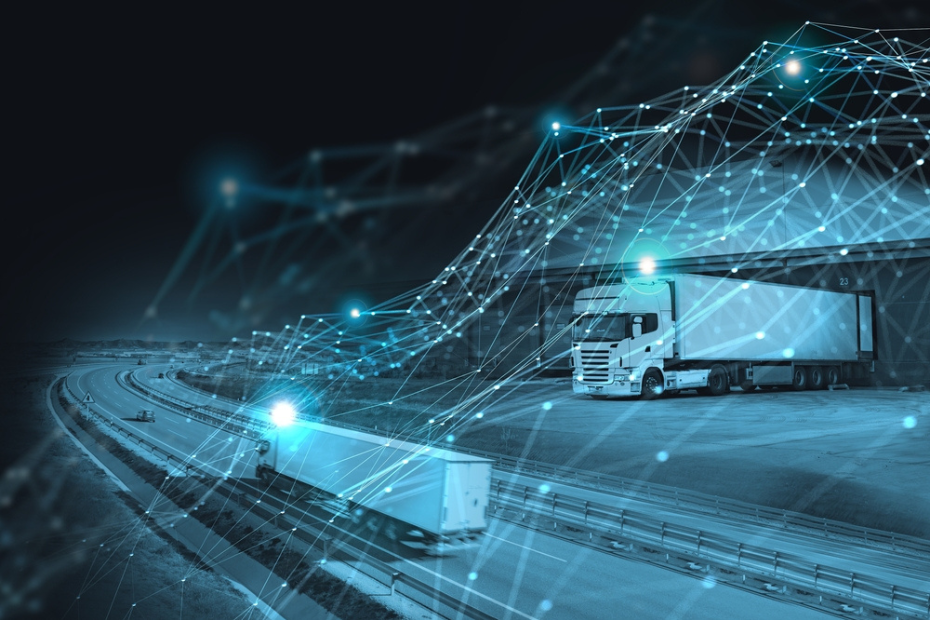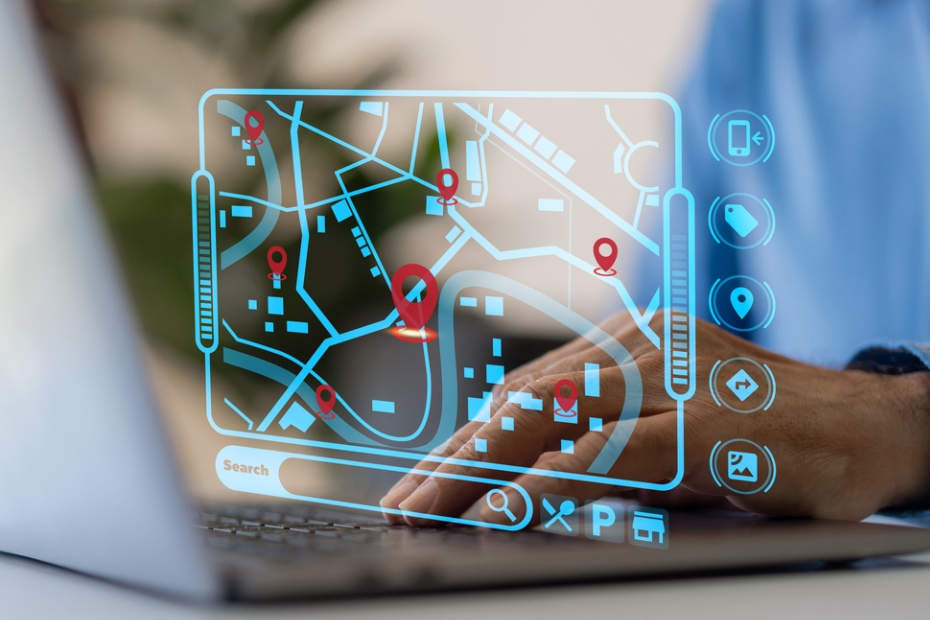Route Optimisation: Human vs AI
21st February 2025

The digital transformation of the transport sector and route optimisation shows no sign of slowing down. Software has changed the logistics landscape, from lot tracking to PODs, the power of the computer chip can be felt everywhere.
Automation offers the promise of efficiency at scale. A streamlined workforce armed with the latest technology has the potential to increase productivity across many aspects of warehousing and distribution. One area that has benefited from innovation is route optimisation. Route planning programs create the most efficient routes based on data such as delivery addresses, fleet details, timings and load capacity.
Optimisation software boosts supply chain efficiency
Route planning software can save businesses a lot of time, as Invo Fulfilment’s Supply Chain Co-ordinator Richard Bainbridge explains. “It used to take us four hours a day to plan routes manually, and collections and deliveries were managed completely separately. The software provides a great start point and it groups the runs very well.”
However, Bainbridge highlights the importance of human experience when it comes to programming the system. “It’s all to do with how you configure your set-up, so it’s important to make sure it’s set up accurately and fairly for timings. It does it generally on averages and you can get better data over time and if it’s not providing long enough to unload then we can adjust that. There’s so much data going into it from our side that it needs to be right to utilise it to the maximum. I do like an element of control and we will change our inputs over time depending on how much automation we require and need.”
Technology provides live visibility
One of the big benefits of integrating route optimisation software with GPS technology is that vehicles can be tracked in real time. Knowledge is power, and knowing the location of every load gives teams the power to act at speed. This means that drivers can be diverted if a route is blocked, customers can be kept updated on etas and office staff have instant visibility of their whole fleet.
Integrated I.T systems offer oversight at speed and in detail, which was not possible before the digital era, as Bainbridge explains: “It gives us really good visibility. It means we can see everything we need to straight away. The sales guys know where the goods are immediately, rather than having to do it manually or by e-mail like we used to do back in the day.”
Dashboards allow teams to compare historic data, so they can track patterns. This is useful for resource planning and targeting any weaknesses in the supply chain. “Dashboards give us our history, it’s good for the tracking and visibility side. It is a 2-way data stream, so that information comes in and out of the system, allowing us to plan responsively,” he adds.

The benefits of a hybrid system
A hybrid system, that empowers the planning staff to work in sync with technology is an approach which works well for Bainbridge and the Invo Fulfilment team. “For us at the minute I can plan functionally and efficiently with a bit of a hybrid, which is automation and manual intervention. The automation side can be flawed. How it processes the data, reads it and plans with it can require a little bit of common sense – it can over-commit with parameters, so we must always check things over.”
And when it comes to employee engagement, the human touch can make all the difference. “It can’t factor in driver preferences – yes you can be as efficient and automated as possible to improve the way of working, but we will always have human oversight. The software can work out the timings, and then I can identify the best person to do that job, whether it be the personal side of it – who wants to be home every night vs who wants to be out all week, and other things which aren’t factored into the automation.”
The future of AI route optimisation software
When it comes to the future of route optimisation it’s a question of how, not if AI will be used. The big differentiator will come down to how quickly businesses adapt and upskill their workforce so that they can adapt and maximise the potential of the technology. Combining real-world logistics experience with the processing power of AI means that distribution businesses can operate faster, leaner and with a higher degree of accuracy and visibility than ever before.

